Fantasie and Fugue in D Minor, BWV 905
J. S. Bach (1685 - 1750)
Sax Trio SAB or SAT
Fantasie and Fugue in D Minor, BWV 905 by J. S. Bach arranged for Sax Trio SAB or SAT. The two movements of this work are nicely complimentary. The Fantasia is calm with many passages of sustained suspensions between the top two voices while the bass line moves up and down in scale-like patterns. The second movement Fugue is very busy as the theme travels through all three parts. Both movements are in D minor and in common time throughout. The tempos are moderate. The first movement Fantasia is slower, at about 64 bpm. The second movement tempo is about 78 bpm. As the fugue subject is developed, gradually the parts become more rhythmically complex . All tempos, dynamics, and articulations are editorial. There are none in the existing autograph copies.
With this arrangement you get:
- Full Trio Score (SAB – tenor sax part is not shown)
- Trio Parts
- Soprano Saxophone
- Alto Saxophone
- Baritone Saxophone
- Tenor Saxophone (Double for Bari Sax)
Originally for keyboard, this arrangement of Fantasie and Fugue in D Minor, BWV 905 is for Sax Trio SAB or SAT.
- The range for each saxophone part is shown below.
- Audio and score excerpts are available above.

Fantasie and Fugue in D Minor, BWV 905 is most likely not by J. S. Bach but has been included among his works for over 100 years. The exact date of composition is not known. It is possible it was composed by one of his children or other students as an exercise in counterpoint. Scholars classify it as “not typical of J. S. Bach”.
About the Composer
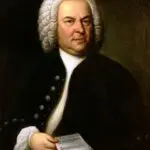 Johann Sebastian Bach (31 March [O.S. 21 March] 1685 – 28 July 1750) was a German composer and musician of the late Baroque period. He is known for his prolific authorship of music across a wide variety of instruments and forms including keyboard music, orchestral works, chamber music, concertos, choral music, and liturgical music.
Johann Sebastian Bach (31 March [O.S. 21 March] 1685 – 28 July 1750) was a German composer and musician of the late Baroque period. He is known for his prolific authorship of music across a wide variety of instruments and forms including keyboard music, orchestral works, chamber music, concertos, choral music, and liturgical music.
During his lifetime, Bach was better known as an organist than a composer. Few of his works were even published during his lifetime. Still Bach’s musical compositions were admired by those who followed in his footsteps, including Amadeus Mozart and Ludwig van Beethoven. His reputation received a substantial boost in 1829 when German composer Felix Mendelssohn reintroduced Bach’s “Passion According to St. Matthew.”
Since the 19th century Bach Revival, he has been generally regarded as one of the greatest composers in the history of Western music.
.

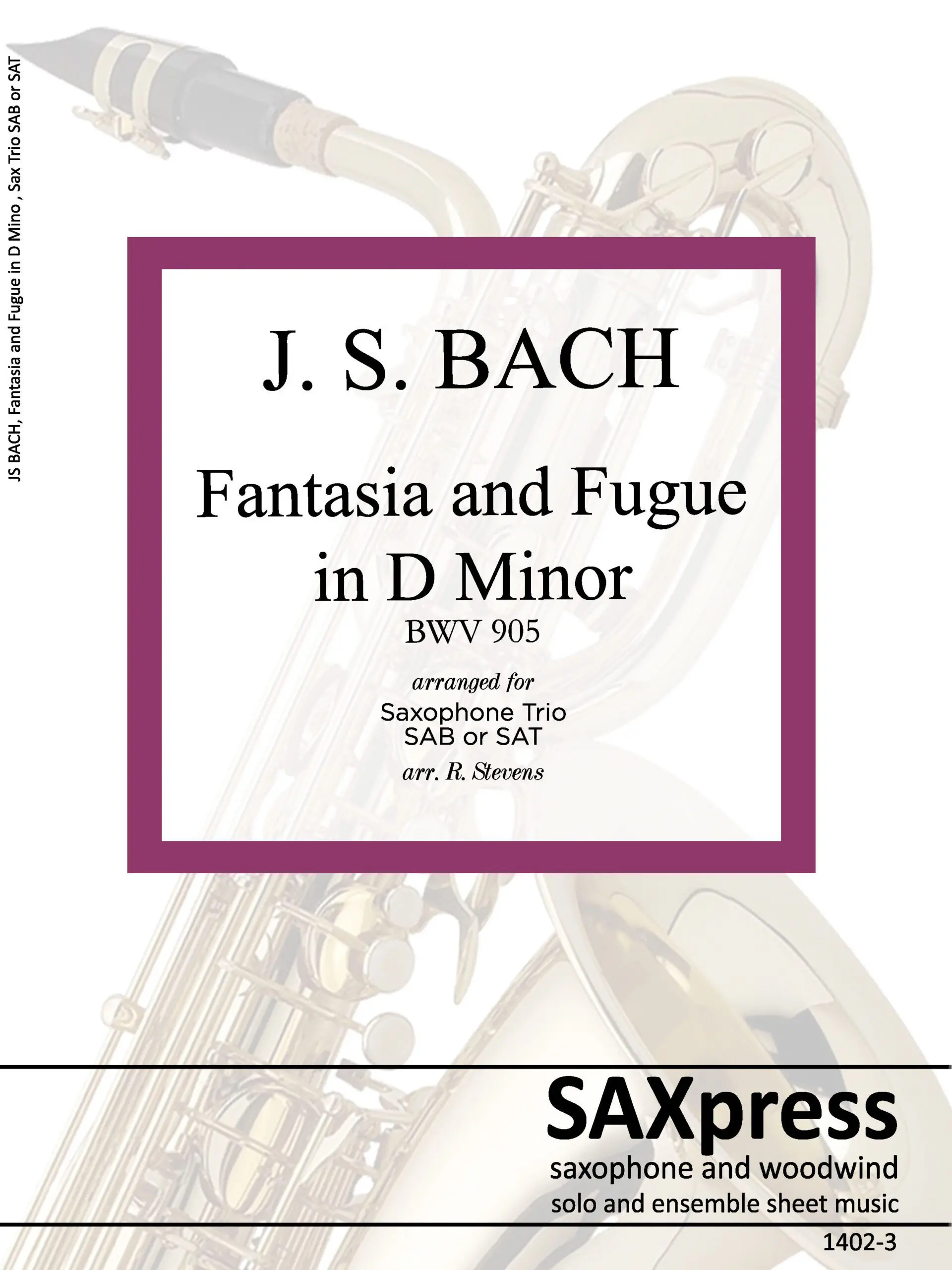
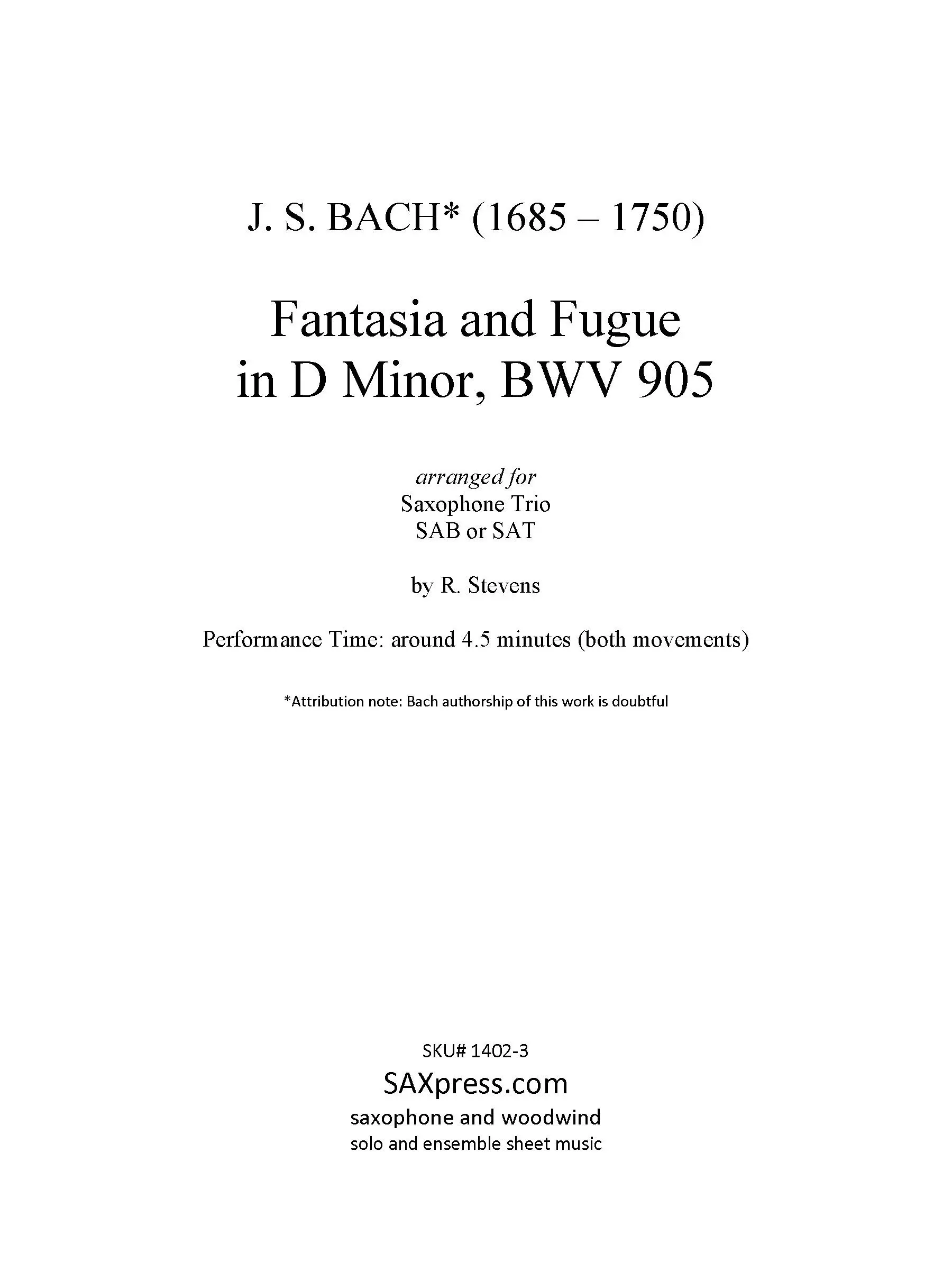
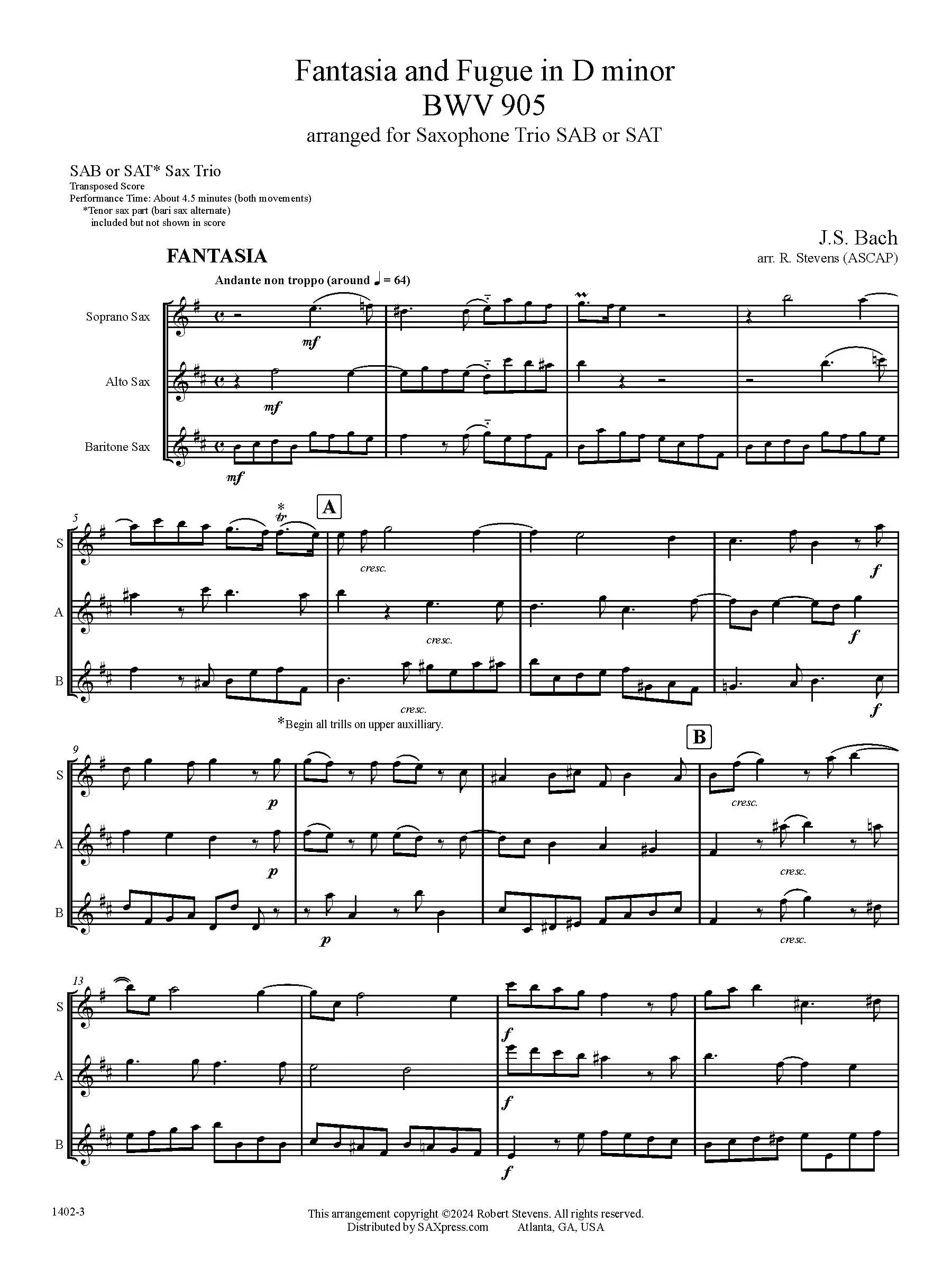

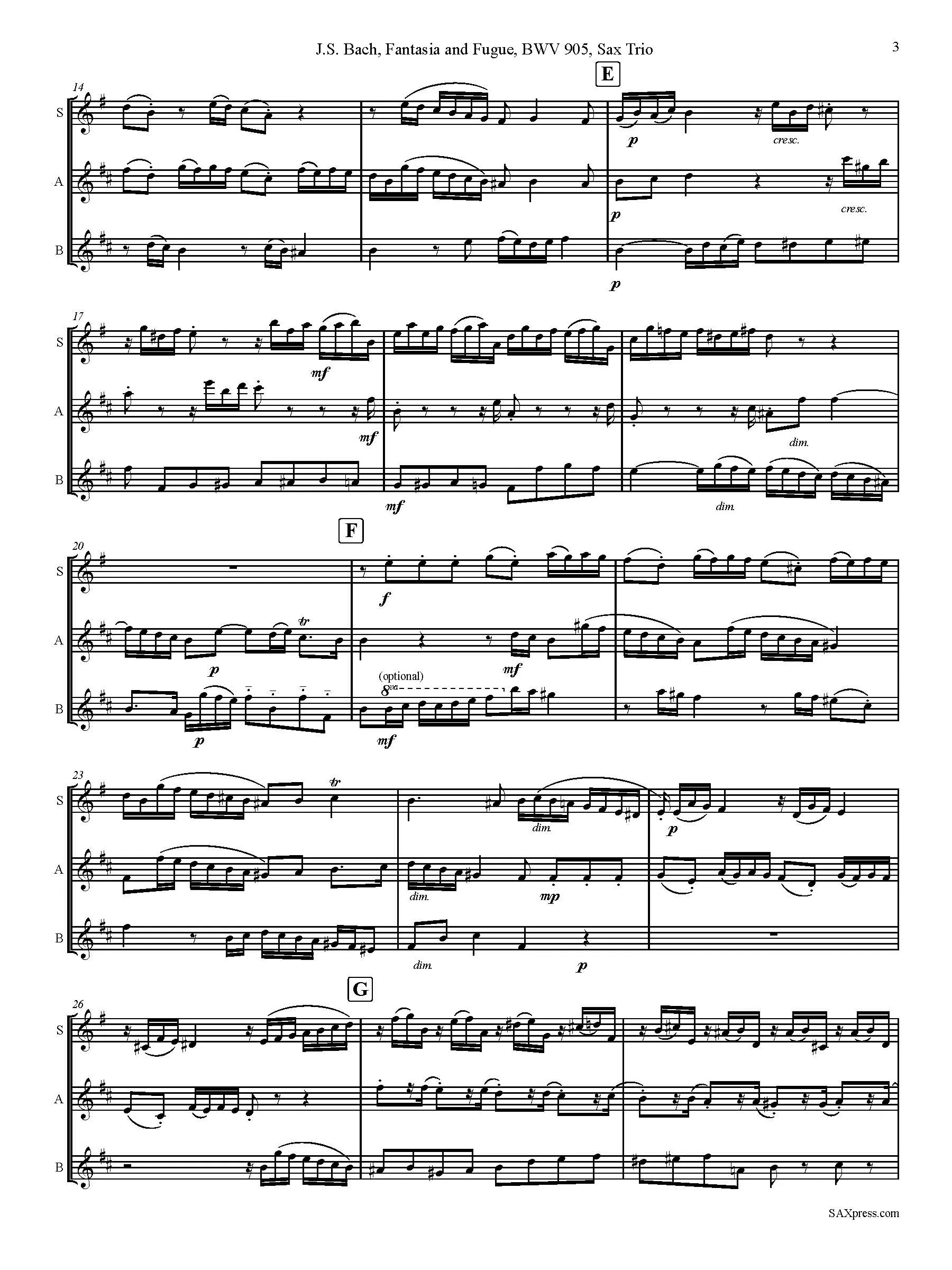
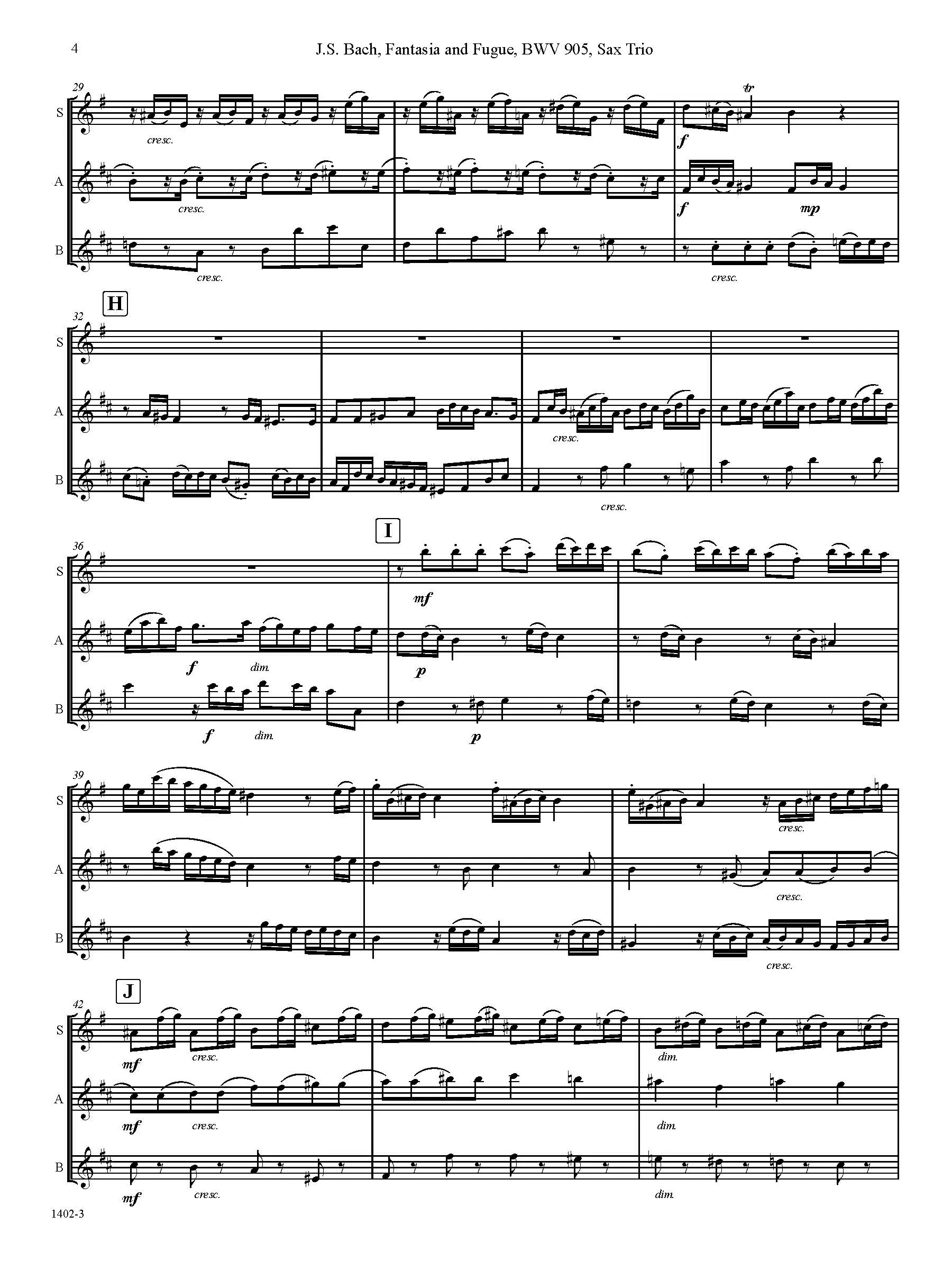
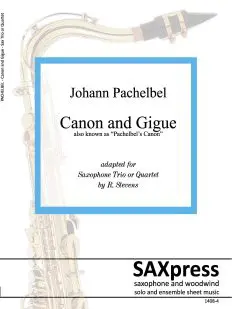
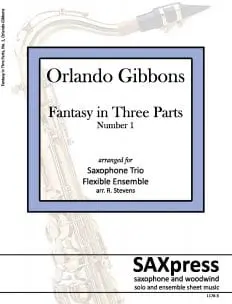

Reviews
There are no reviews yet.